🧨 Firework ✨ Science 🎇
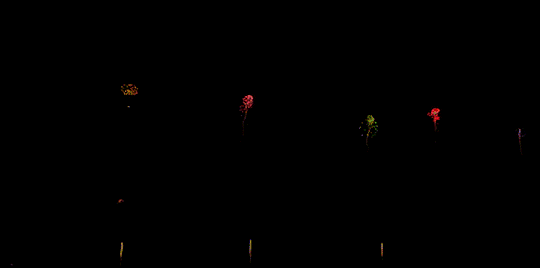
by Chris Woodford: February 6, 2016.
It's just as well fireworks were invented in ancient times, because such an outrageous invention surely wouldn't be allowed in our risk-averse society today. Just imagine if fireworks didn't exist and someone suddenly suggested the idea of allowing people to fire lots of explosives into the air! Fortunately, that's not the case and we can still enjoy the dazzling magic of these psychedelic aerial displays every time we feel like a joyous outdoor celebration. Fireworks teach us some interesting physics and chemistry, so let's take a closer look at what they are and how they work!
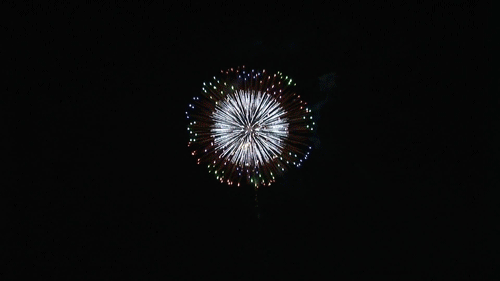
What are fireworks?
A firework is essentially a missile designed to explode in a very controlled way with bangs and bursts of brightly colored light. The word "firework" comes from the Greek word pyrotechnics, which means, very appropriately, "fire art" or "fire skill"; there's certainly no shortage of art and skill in modern firework displays!
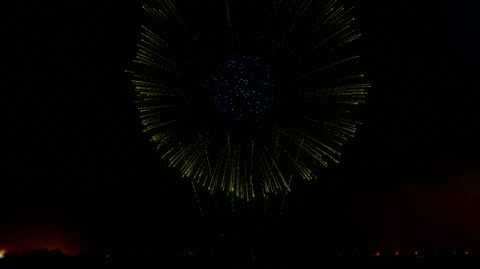
How do fireworks work?
Fireworks can be quite complex and different types (rockets, Catherine wheels, and so on) work in different ways. Simply speaking, though, aerial fireworks (ones designed to fire up into the sky) have five main parts. Working up from the bottom to the top:
Simple illustration showing the five main parts of a typical firework.
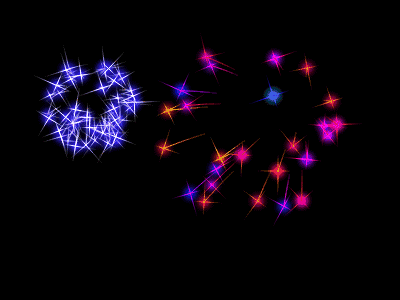


Stick ("tail"):
The first thing you notice is a long wooden or plastic stick protruding from the bottom that ensures the firework shoots in a straight line. That's important for two reasons. First, so that fireworks go where you intend to and don't fly in a random direction, causing fires, property damage, or injuries. Second, because it helps display organizers to position firework effects with accuracy and precision. Some fireworks now have hinged plastic sticks so they can be sold in smaller and more compact boxes.
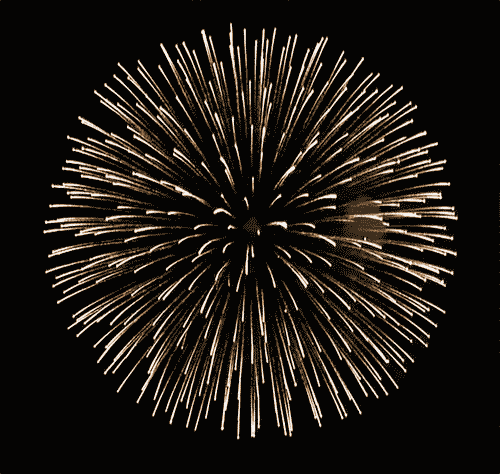
Fuse:
This is the part that starts the main part of the firework (the charge) burning and ignites other, smaller fuses that make the interesting, colorful parts of the firework (the effects) explode some time later. In a basic home firework, the main fuse consists of a piece of paper or fabric that you light with a match or cigarette lighter. In a complex public firework display, fuses are lit by electrical contacts known as wirebridge fuseheads. When the firework technician pushes a button, an electric current flows along a wire into the fusehead, making it burn briefly so it ignites the main fuse. Unlike manual ignition, electrical ignition can be done at a considerable distance, so it's much safer.
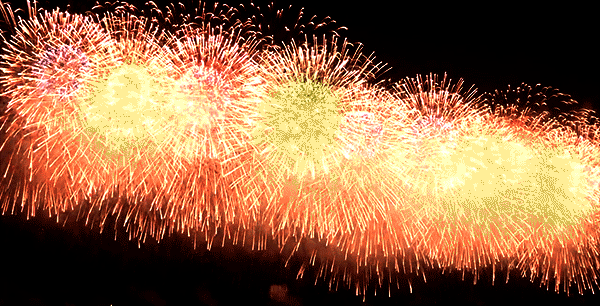
Charge ("motor"):
The charge is a relatively crude explosive designed to blast a firework up into the sky, sometimes a distance of several hundred meters (1000ft or so) at a speed of up to several hundred km/miles per hour (as fast as a jet fighter)! It's usually made up of tightly packed, coarse explosive gunpowder (also known as black powder). Traditionally, gunpowder used in fireworks was made of 75 percent potassium nitrate (also called saltpeter) mixed with 15 percent charcoal and 10 percent sulfur; modern fireworks sometimes use other mixtures (such as sulfurless powder with extra potassium nitrate) or other chemicals instead. Note that the charge simply sends the firework high into the air and clear of any spectators; it doesn't make the spectacular explosions you can actually see.
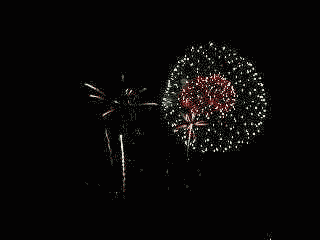

Effect:
This is the part of the firework that makes the amazing display once the firework is safely high in the air. A single firework will have either one effect or multiple effects, packed into separate compartments, firing off in sequence, ignited by a relatively slow-burning, time-delay fuse working its way upward and ignited by the main fuse. (The firework illustrated here has three effects.) Though essentially just explosives, the effects are quite different from the main charge. Each one is made up of more loosely packed, finer explosive material often fashioned into separate "stars," which make up the small, individual, colorful explosions from a larger firework. Depending on how each effect is made and packed, it can either create a single explosion of stars very quickly or shoot off a large number of mini fireworks in different directions, causing a series of smaller explosions in a breathtaking, predetermined sequence.
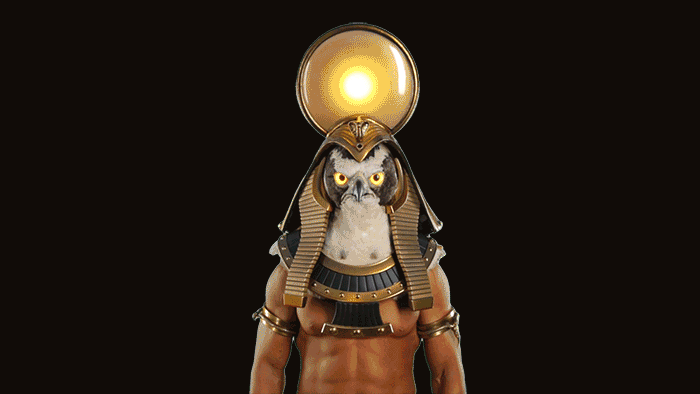
Head:
This is the general name for the top part of the firework containing the effect or effects (collectively known as the payload—much like the load in a space rocket). Sometimes the head has a pointed "nose cone" to make the firework faster and more aerodynamic and improve the chance of it going in a straight line, though many fireworks simply have a blunt end.
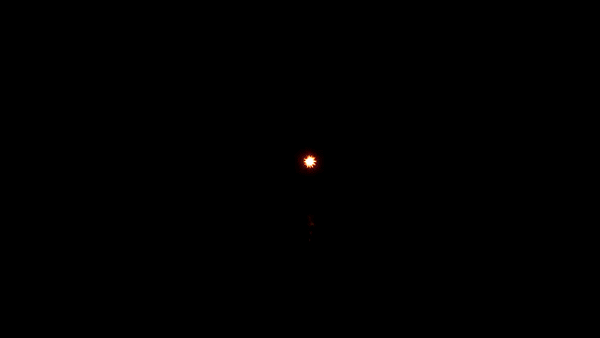
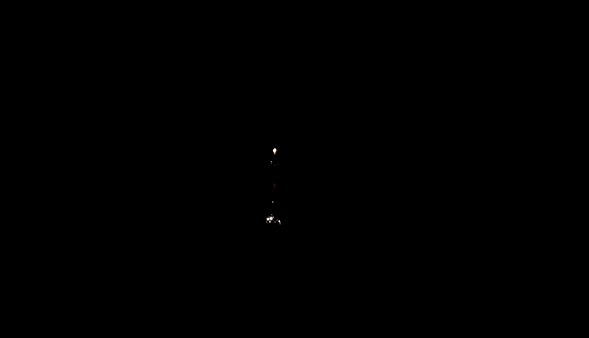
Types of fireworks
Surprise and variety are the key to any good firework display: if
all the fireworks were exactly the same, people would quickly
get bored. Although all fireworks essentially work the same
way—combining the power of a missile with the glory of burning metallic
compounds—there are lots of different types. The ones we've talked
about so far are called rockets or skyrockets and produce the
most spectacular displays high in the air. Catherine wheels and
pinwheels work closer to the ground. They have a number of small
fireworks mounted around the edge of a wooden or cardboard disk and
make it spin around as they fire off. Roman candles blow out a
series of small fiery explosions from a cylinder every so often. Firecrackers
are fireworks designed to produce sound rather than light and they're
often incorporated into the upper effects of rockets.

We think of fireworks as entertainment, but the same technology has
more practical uses. Flares used by military forces
and at sea work in almost exactly the same way, though instead of using
metallic compounds made from elements such as sodium, they use brighter
and more visible compounds based on magnesium and they're designed to burn for much longer. Even in an age of satellite navigation and radar,
most ships still carry flares like these as a backup method of signaling distress.
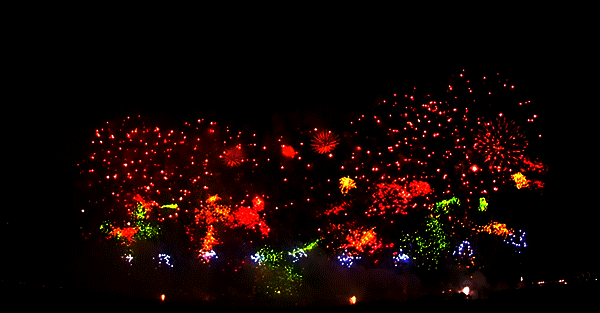
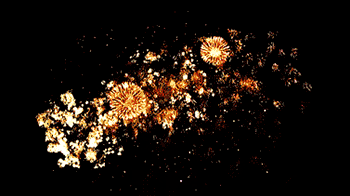


Find out more
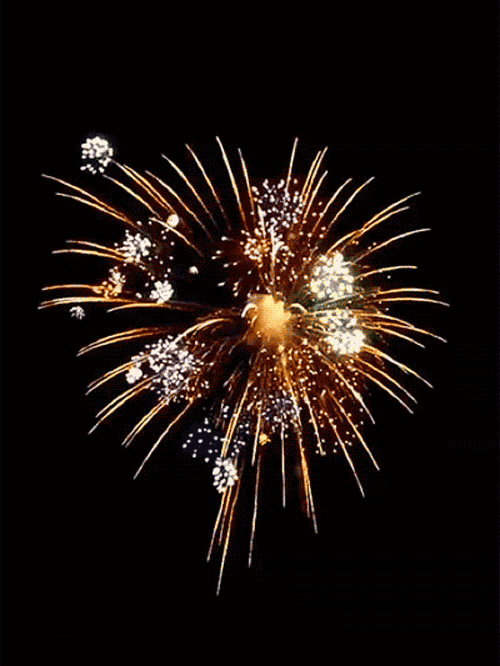

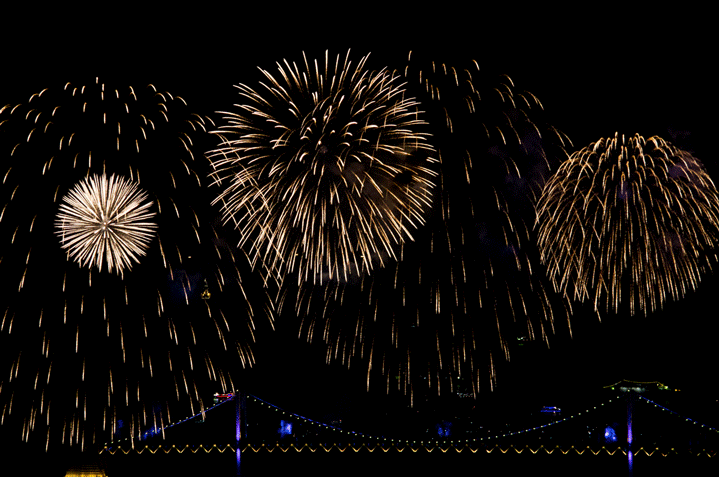

No comments:
Post a Comment